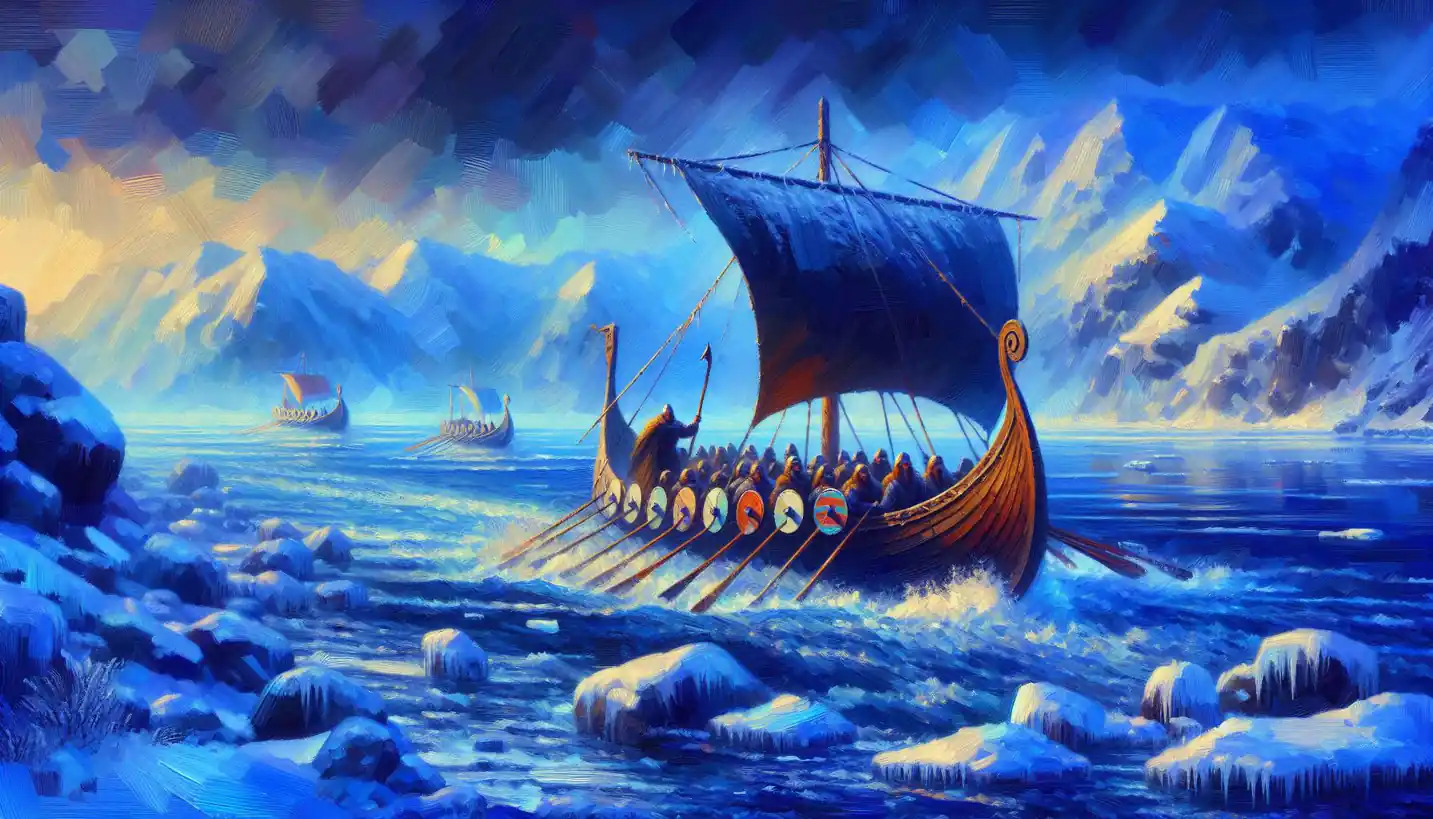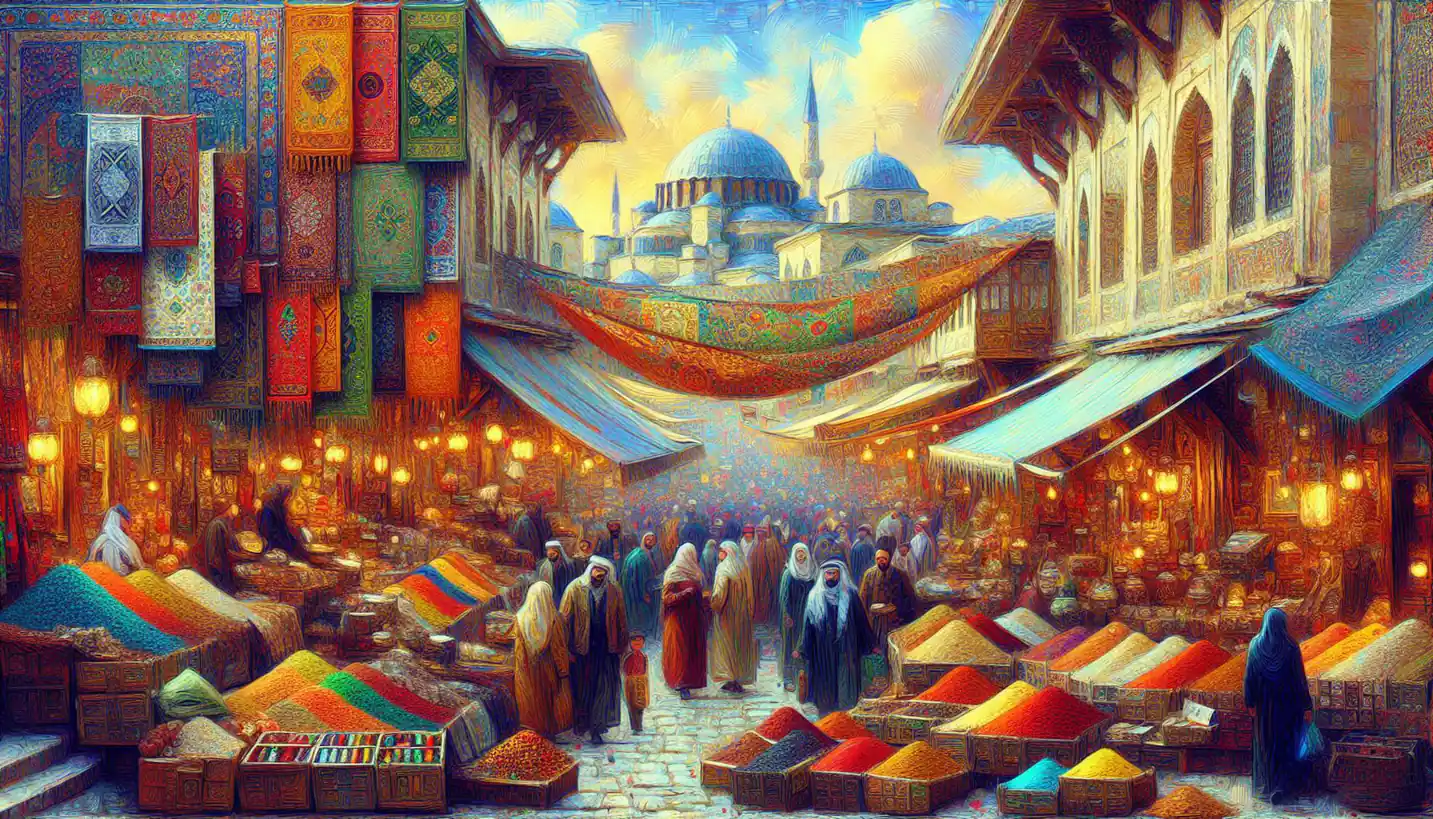· History · 4 min read
Comparative History: Exploring Connections Through Time
Comparative History connects different events and eras to draw meaningful parallels and contrasts. Discover how this method broadens our understanding of global history.

Understanding the past is much like piecing together a giant jigsaw puzzle. Comparative history lets us find connections and patterns by looking at different societies side by side. This technique gives us deeper insights into human experiences and helps explain why certain events occurred.
What is Comparative History?
Comparative history involves analyzing different historical events, societies, or periods to identify similarities and differences. By putting various histories next to each other, historians can uncover patterns, question assumptions, and draw lessons from different contexts. It’s like comparing two stories to find shared themes or plot twists that make each unique yet relatable.
The Birth of Comparative History
The roots of comparative history lie in the 19th century when scholars realized that examining different cultures could enrich understanding. With globalization expanding horizons, comparing histories became an exciting way to study change and continuity across the world. This method also helped challenge ethnocentric views, offering a broader perspective beyond one’s own culture.
How Comparative History Works
Think of comparative history as hosting a conversation between different times and places. Historians might ask, “How did two nations recover after war?” or “What were the educational systems like in separate empires?” By framing such questions, they identify patterns and variations that reveal much about human nature and societal evolution.
Examples of Comparative History
One famous example is comparing the American and French Revolutions. Both revolutions sought freedom and change but went about it differently. Studying them together reveals insights into revolutionary causes, methods, and outcomes.
Another study might look at industrialization in Britain and Japan. While the Industrial Revolution in Britain was the seed of modern industry, Japan’s rapid industrialization in the late 19th century offers a different journey influenced by distinctly diverse circumstances yet reaching similar industrial achievements.
Why Comparative History Matters
Comparative history helps debunk myths and clarify misunderstandings. By examining multiple contexts, historians avoid attributing success or failure to a single cause and appreciate the complex web of factors at play. This broader view fosters empathy and understanding among cultures, breaking down stereotypes and promoting global awareness.
Challenges and Criticisms
Despite its benefits, comparative history isn’t without challenges. It’s tough to compare apples and oranges—every society has unique characteristics influenced by countless factors like geography, politics, and ideology. Making comparisons without oversimplifying differences is tricky.
Critics argue that overly broad comparisons can miss important nuances. Accurate comparison requires careful selection of what to compare and what historical contexts to consider, ensuring the analysis remains true to each society’s particularities.
The Role of Historians
Historians are detectives of time, and comparative history arms them with a powerful toolkit. By using cross-cultural studies, they can provide fresh interpretations and challenge traditional narratives. This process makes history dynamic, encouraging continuous questioning and learning.
Future Directions
As technology advances, new tools such as data analysis software and digital archives are enhancing comparative studies. These technological aids let historians handle a larger scope of sources, paving the way for even more nuanced research and opening doors to previously inaccessible information.
Furthermore, with increased global interconnectedness, comparative history can address pressing modern issues. By understanding how past societies dealt with challenges like climate change, social inequality, or political upheaval, we can gain insights to address today’s problems.
Conclusion
Comparative history is more than just analyzing events side by side. It’s about weaving together different narratives to understand the fundamental drivers behind human actions. By uncovering connections across history, we gain a richer understanding of our world and appreciate the diversity of experiences that have shaped it.
Ultimately, comparative history invites us on a journey through time, revealing that while each culture is unique, the tapestry of human history is interwoven with shared threads. This understanding enriches our perspective and enhances our ability to navigate the present and future.

